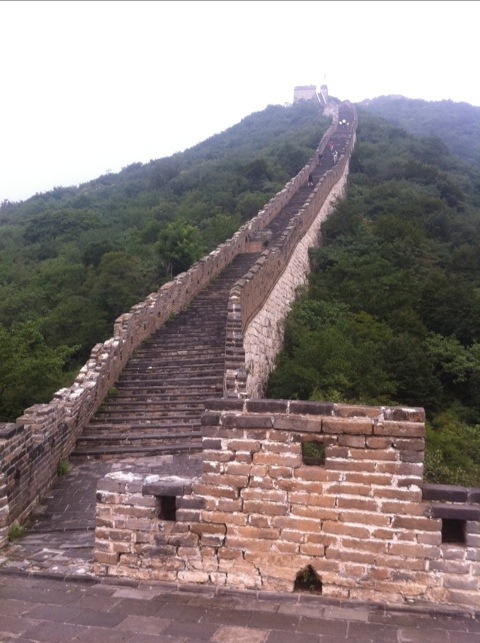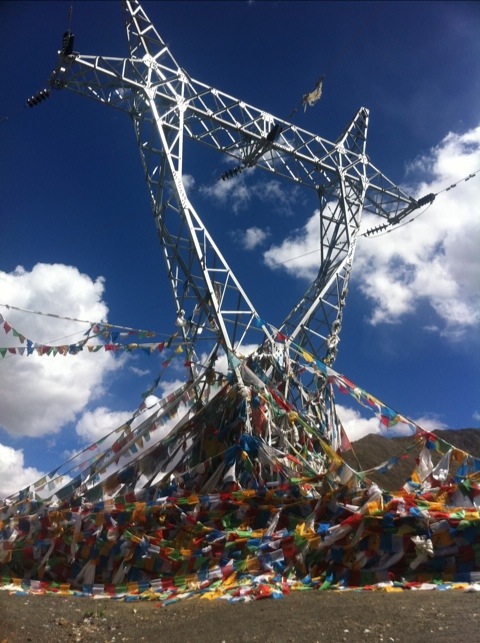One of the stereotypes about China I’ve heard many times is that of a smoke belching, coal guzzling giant. Its massive need for electricity following rapid industrialisation, and the plentiful supply of fossil fuels from it’s vast natural resources means that it is a huge polluter – and one that has an image of being reluctant to adapt to the growing concerns around climate change. Like many other nations, China plays the development deficit card – if the west was allowed to use so much carbon dioxide in getting to its current level of wealth, surely it’s fair to do the same in playing catch-up. Cue a discussion involving modern technology being vastly more efficient, questionable phrases like ‘clean coal’, ‘carbon capture and storage’, and what fairness really means in a world that is currently consuming at twice the rate that is globally sustainable – but where most of that consumption is being done by a small proportion of the population.
In that context, it’s been interesting to see a surprising number of green shoots of renewables on our journey. Almost everywhere we’ve been, rooftops are decorated with solar water heating, the distinctive cylinders above a slanted set of pipes producing a pretty pattern in a panorama across the roofs of Lhasa. On our train journey across the interior, we passed wind farm after wind farm, with huge turbines lying on the ground in places ready for assembly.
In Tibet, it’s been fascinating to see the streets frequented by solar kettles alongside the motorbike shops and smoke belching tractors. Our guide was telling us that the parabolic mirrors with a kettle suspended in the middle used to be made of cement and take a few people to move around, but recent innovations mean they’re a simple aluminium dish on a portable frame. 20 minutes to boil a large kettle in the high altitude sun – not bad for free energy!
Oh, and Laura reminds me – electric vehicles. The alleyways and side streets here are disarmingly quiet (certainly compared to the cacophony of horns and engines on the main roads). Almost everyone seems to be using electric bikes – from your electric motor-assisted regular cycle, to pimped-up motorbike-sized things. And all absolutely silent. A few times we’ve nearly walked into the path of them (on the pavement, I should point out) because you just can’t hear them coming. I know electric bikes are becoming more common on the streets of Britain, but it’s us playing catch-up here.
I’m sure renewables remain a drop in the (rising) ocean – and many of the pressures to adopt these technologies are financial rather than environmental – but in a land where even in the fresh mountain air of Tibet the locals wear face masks for fear of pollutants, it’s easy to over-apply a single stereotype.
Simon




